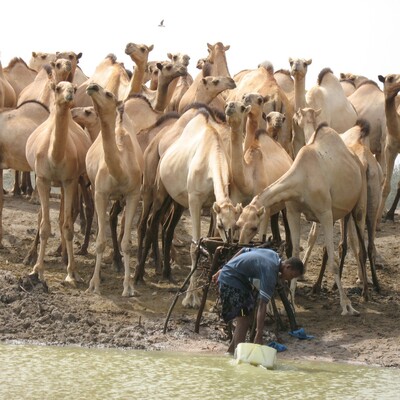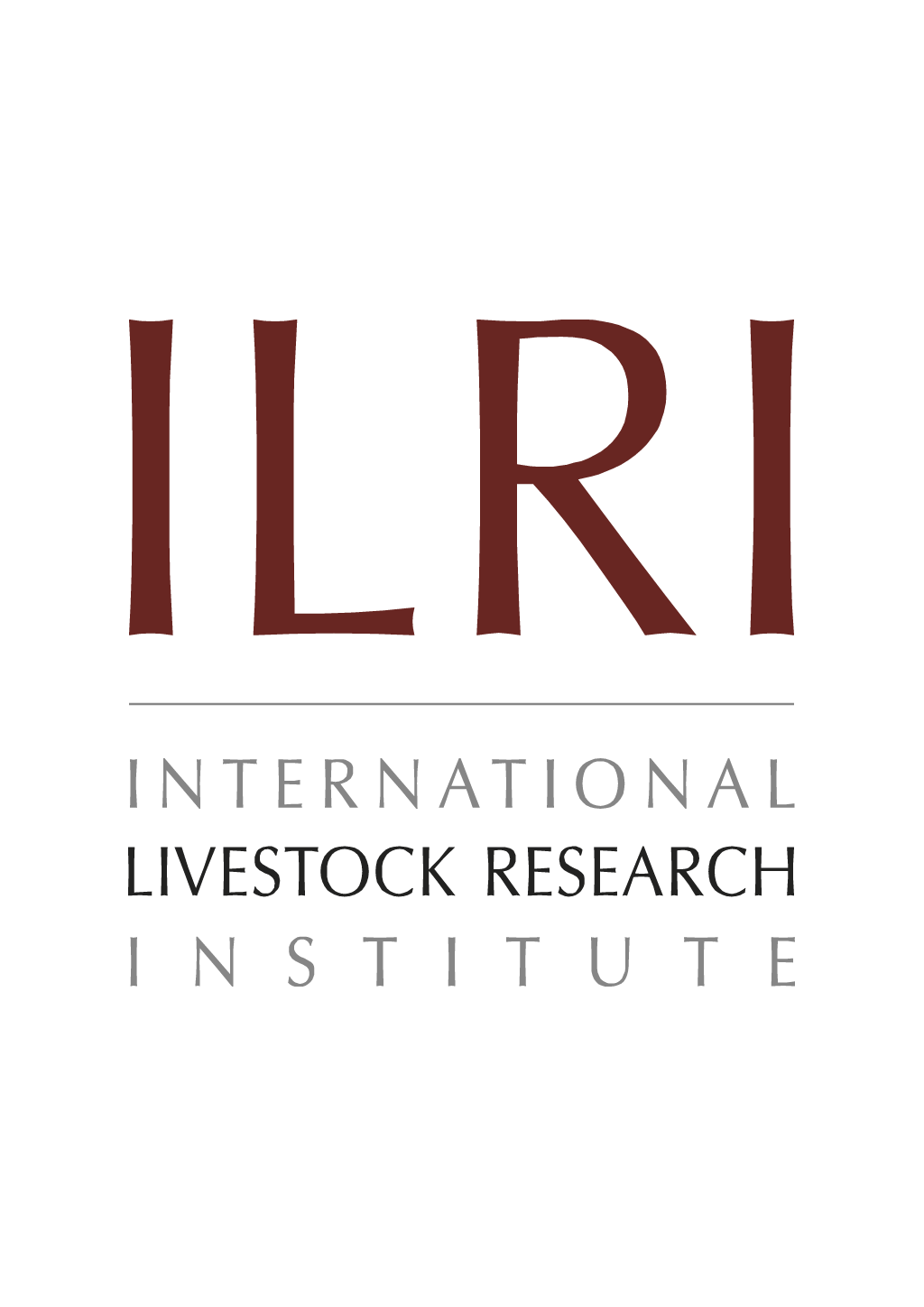
Screening forage and browse legumes germplasm to nutrient stress: I. Tolerance of Medicago sativa L. to aluminium and low phosphorus in soils and nutrient solutions
Abstract
Alfalfa or lucerne (Medicago sativa L.) is an important forage legume grown extensively in the world. There have been relatively few investigations on the adaptation of alfalfa to soils found in suitable eco-zones in Africa. In the present investigations, twenty accessions were evaluated for tolerance to soil acidity, low phosphorus (P) and tolerance to aluminium (Al), and their response to P in nutrient solutions to identify indicator rresponse to P in nutrient solutions to identify indicator cultivars for acid soil mineral stresses. The soils were a Nitosol (Soddo soil) and a clay loam with 77 percent al saturation (Chencha soil). The treatments were PH 4.8 (unlimed) and PH 5.6 (limed) with 0 and 37.5 mg/P/kg added at each PH of the Soddo soil. The treatments on the Chencha soil were PH 4.1 and 5.9 with 0 and 25 mg P/kg unlimed soil and 0, 25 and 37.5 mg P/g limed soil. Additions to the nutrient solution were 0, 3 and 6 PPm Al (0, 111, and 222 um) in combinations with 155 and 6200 PPm P (5 and 200 um) as KH2P04. The alfalfa accessions differed in mean growth except for similar values of mean shoot yield on the Chencha soil. Phosphorus increased the mean shoot and root yields on the Soddo soil by 5.7 and 6.3 times, respectively, compared to 1.7 and 2.1 times due to liming. However on the highly Al saturated Chencha soil, the mean was increased five times by liming but 1.7 and 2.1 times by P application. The accessions also showed large differential Al tolerance and rresponse to P in nutrient solutions. A potential usefulness of the data may be in the selection of ILCA forage germplasm for adaptation to similar soils of the relatively cool climatic regions of the eastern African highlands.
Citation
Journal of Plant Nutrition;16(1): 17-35










